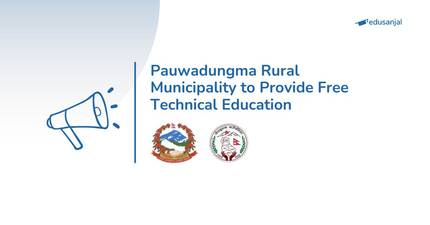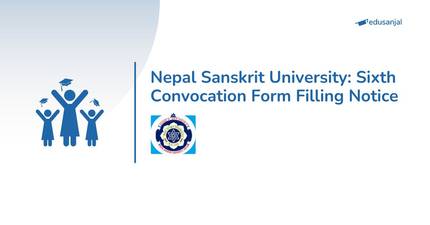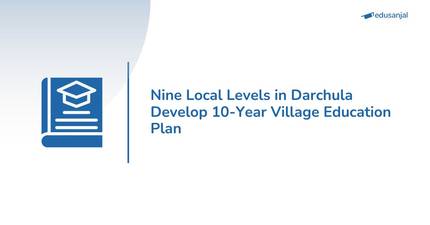On the surface, prospects of public school education in this country do not seem bereft of possibilities. For the first thing, and perhaps the most motivating one, education is free up to grade eight under the existing system. The students also get books for free besides monthly tuition fee waiver. For a girl student there is an extra stipend: Government is set to provide her per annum cash incentive of Rs 400 from the coming academic session. Also, primary schools in hill villages are sponsored by the state and donor agencies to feed the children afternoon snacks. Children there relish refreshments, which is sometimes as good as lunch, during recess. Above all, the government has plans to give free education until grade twelve. To be a student of a public school, in this circumstance, is like being a foster child of a state.
For the students and parents, who have been paying wads of money in private schools, this preface may sound like a piece of fiction but it is not. In the recent years, government has geared up the investment in the public education sector. Billions of dollars are funded by the donors in the public education domain.
However, such colossal funding has failed to allure parents to place their children in the public schools and discourage the rise of private schools. The ratio of private to public high schools is estimated 1: 1 at present. And parents prefer to send their children to private schools notwithstanding the expenses. Private English medium schools have penetrated in most of the country’s landscapes and they are faring well. Public schools, on the other hand, are shutting down. According to the recent newspaper reports, nine primary schools in Lalitpur remain closed due to the lack of students. And as many as forty nine schools in Dolakha are undergoing the same predicament. Abandonment of public schools is taking a nasty turn across the country.
This is partly because of the belief that community schools cannot deliver quality education. The best evidence of this is getting manifested in the growing tendency of parents to educate their children in private schools, by all possible means. The fondness of public school teachers to not educate their children in the schools where they teach testifies the same spirit. It is likely that none of the officials and personnel in the ministry of education educated their wards in the public schools. This is because parents are aware that public schools don not provide opportunities as private schools do which could hamper their ward’s over all growth. They have seen the abysmal harvest of the public education sector.
After years of schooling, a public school graduate comes out just literate with almost no vocational skills and with generally two alternatives to choose from: Either join country’s politics and expect some opportunity and economic gains from that loyalty or fly away to Malaysia and Dubai for low paying manual jobs.
A single factor cannot account for this dystopia. Besides lack of functioning state policy, the division of education in economic lines is an active propellant to present situation.
Clearly, Nepal’s education system has been divided into economic lines. For the poor and paupers, there are public schools which are best furnished with scanty infrastructures and equipped with teachers who hold excellent loyalty to one or the other of political parties (in many of the rural schools party loyalty is an essential qualification for job security) besides their academic degrees and who therefore can do without teaching. And for the rich and the prosperous, there are private schools with abundant infrastructures and qualified teaching staff. The products of the latter develop frustration and revulsion against the country much before they finish up their school education. And as soon as the opportune time comes, most of them, with an unstated secret scheme not to return to Nepal or making return only a last resort, leave for Euromerica (Europe and America). The remaining make career at home in the corporate houses, banks, medicine and engineering. Those educated in private schools have honed considerable proficiency in terms of language, exposure to media and computer skills; stand out from their government counterparts. The disparity, in terms of competence, between private and public school products in Nepal is so big that one would hardly be able to resist the temptation of categorizing the private education as “education program” and the pubic education as “literacy program.”
The concept of free education is also an accomplice of growing disparity between public and private school graduates and the overall mess of education sector. In Nepal, the fall of education standard in public schools has been born and matures in parallel plane with the inception of free education. King Beerendra first declared primary education free in 1975 during his coronation. It took a few years to execute this program across the country. Then in the mid 1980s private sector was encouraged by the Panchayat regime to get into the business of running schools. While public education was still free up to primary level, private schools began to make excellent headway with impressive education programs. After the 1990 democracy, education was made free up to grade eight on the one hand, and, on the other, private schools were allowed to burgeon in such a scale that one could spot one in about every three houses in Kathmandu.
Providing free education has not contributed to raising education quality in the public schools though it may have widened its access to the poor. Instead, it seems to have served as a catalyst in devaluing education quality. Many public schools, in and out of Kathmandu, seem to have woken to this awareness. In what may sound to be a disregard to government’s plan, they take fees from the students to teach them in English mediums and to run computer classes. Against this backdrop, there seem to be two options remaining for the state to chart out the further course in country’s education program. One: It can take measures to upgrade the quality of public school education at par with the private schools which is not as easy as declaring education free or allowing cash incentives to students. Two: It can continue to produce graduates powerless to compete and survive in the aggressively global job market through public schools. It is evident that the latter is fraught with more risks
(Source: Republica Nepal)












